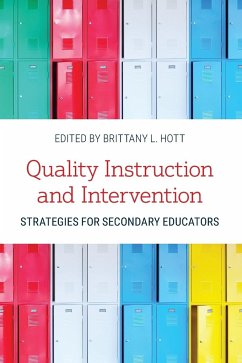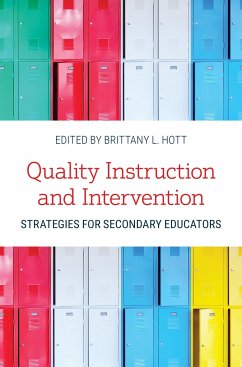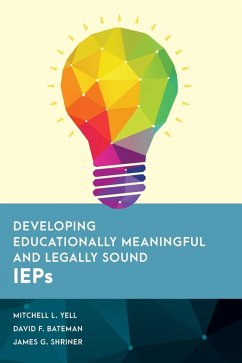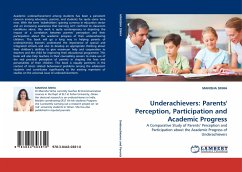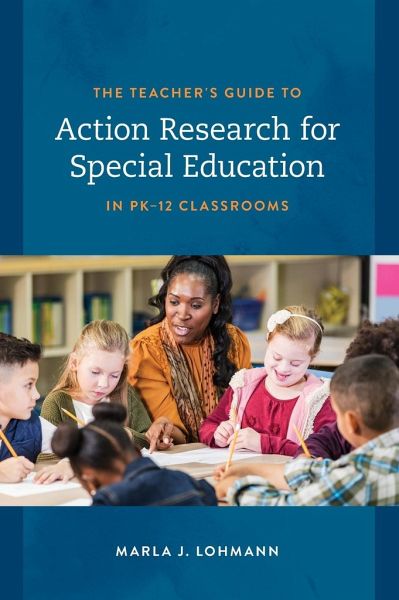
Teacher's Guide to Action Research for Special Education in PK-12 Classrooms
Versandkostenfrei!
Versandfertig in 1-2 Wochen
60,99 €
inkl. MwSt.
Weitere Ausgaben:

PAYBACK Punkte
30 °P sammeln!
A practical, jargon-free, and concise special education teacher’s guide to the complete action research process, including how to use action research to identify and evaluate evidence-based interventions, with explicit connections to the legally mandated IEP planning, implementation, and evaluation process.





